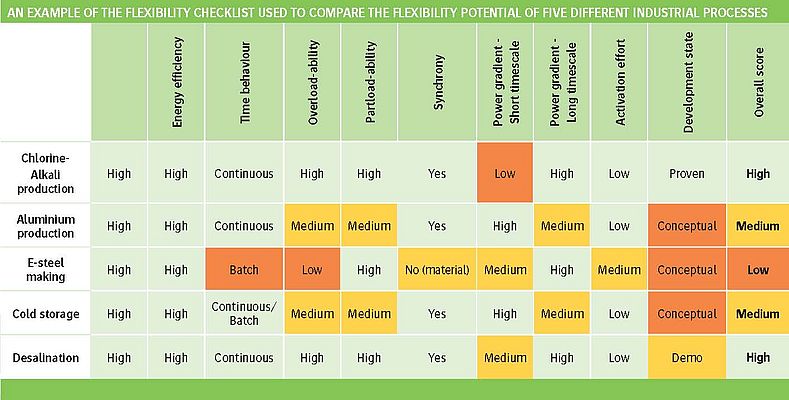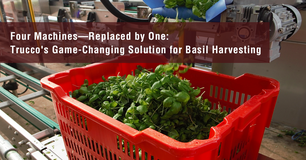European governments are reducing the feed-in tariffs they are prepared to pay for wind energy. Since the cost for wind turbine construction and installation has been going down, on-site wind energy can still be beneficial, but it might require a totally different business case. Once feed-in tariffs drop under the cost of wholesale grid power, the most rational option for managing on-site wind power becomes to maximize self-consumption. In this way, charges for grid services as well as the costs and taxes associated with the purchase of electricity can be avoided. To be able to exploit this opportunity, the industrial processes that are integrated with the wind turbine(s) need to have the necessary flexibility in their energy demand to be able to follow the variable wind energy production pattern.
The reward is a relatively predictable electricity cost over the life time of the wind turbine, since a large share of the wind energy cost is situated before the turbine becomes operational. This stands in contrast with the increasing unpredictability of wholesale electricity market prices. Fluctuations in supply caused by the growing penetration of renewables into Europe’s electricity networks will further increase this energy cost volatility.
The tools to manage wind-integrated industrial processes already exist. Demand Side Management has become increasingly familiar to companies with energy-intensive processes. The DSM software tools that enable companies to manage their power demand in response to market price signals can also be used to manage demand in response to weather signals. However, the first question for any company considering a move to wind-integrated industrial processes is, whether their industrial processes have the required flexibility. A Flexibility Checklist presented in an LE Application Note provides a quick, top-down overview of site’s suitability for flexible energy use.
Ten Flexibility Criteria
The Flexibility Checklist consists of 10 characteristics that are placed in a checklist matrix and given a traffic light score. It provides a first idea about the feasibility when a project for on-site wind is being scoped. Since it does not investigate the company’s processes in depth and is not a final decision-making tool, it should be followed by a more extensive feasibility study. What the checklist can do, however, is quickly identify potential issues and barriers for a flexible energy demand and elucidate whether further investigation is worthwhile.
The checklist includes the following characteristics:
1) Process energy efficiency. This is required to prevent that an overcapacity of wind power is being installed.
2) Energy storage potential. Most industrial processes will need some type of storage or buffer to enable a continuation of production for some time when insufficient power is available. If new storage capacity needs to be installed, this is often a substantial cost factor.
3) Time behavior. Continuous processes tend to be more appropriate for power-by-wind than batch processes.
4) Overload-ability. The ability to operate an industrial process temporarily at higher rates when excess power is available provides considerable scope for flexible operation with on-site wind power.
5) Partload-ability. The ability to run the core process below nominal operation levels in response to dips in energy supply.
6) Synchrony. If upstream and downstream processes can smoothly and automatically adapt to variations in the rate of the core process, the process provides synchrony. High levels of synchrony make a process well-suited to wind-power.
7) Power gradient – Short timescale. A process’s ability to adapt in minutes or seconds to fluctuations in available power makes it highly suitable to be supplied by onsite wind power. In practice, the ability to adapt rapidly implies overload- or partload-ability.
8) Power gradient – Long timescale. A process that can adapt continuously to long-term and larger-scale changes through overload- or partload-ability is more advantageous than processes where flexibility is only possible in discrete adaptations.
9) Activation effort. The effort required to start up a process or to shut it down.
10) State of development. If a process has been proven to operate flexibly, it should be given greater weight by the decision-maker than a process that has merely a theoretical potential to adapt to intermittent power.
Deriving an overall score from these ten criteria requires some insight in their relative importance. As they are not equally important, the overall score cannot be obtained by a simple addition. As a general rule we could state that the energy storage potential and the partload-ability are the most decisive characteristics.
By Bruno De Wachter, based on an Application Note by Aedan Kerdan























































